Of all the Vision3 films, 250D is the one I have the most experience with, having shot a couple of rolls and processed them at home. The problem was that when I processed them before, I did them cross-processed in C-41 chemistry. And they looked a little on the green side, but they looked good. And then, when I returned to this film stock with proper ECN-2 (home) chemistry, I was blown away. Under dull conditions, a snowstorm and bright light 250D produced amazing clean images. And it certainly was a significant shift from what I got from last month’s review of Vision3 500T!
Film Specs
Type: Colour Negative Motion Picture Film, ECN-2
Film Base: Acetate
Film Speed: ASA-250, Latitude +/- 1-Stop
Formats Available: 135 (35mm)
Colour Rendition
The first thing that I noticed with 250D is how true it is to how the light was when I was exposing the film. And it only adds to the versatility of 250D and makes it almost perfect for an everyday film. In cooler conditions, such as a fresh snowfall with overcast skies, it keeps that feeling, and in bright sunlight, everything is warm and sunny. And this is all with only a slight adjustment in post-processing. The colours are bright without being overbearing, vibrant and saturated without being violently so. And this continues even to the one roll that I under-exposed. The colours were right on point. Now there is a bit of a green cast to these images, but that is easily fixed using the automatic functions of Photoshop or with a bit of colour grading.
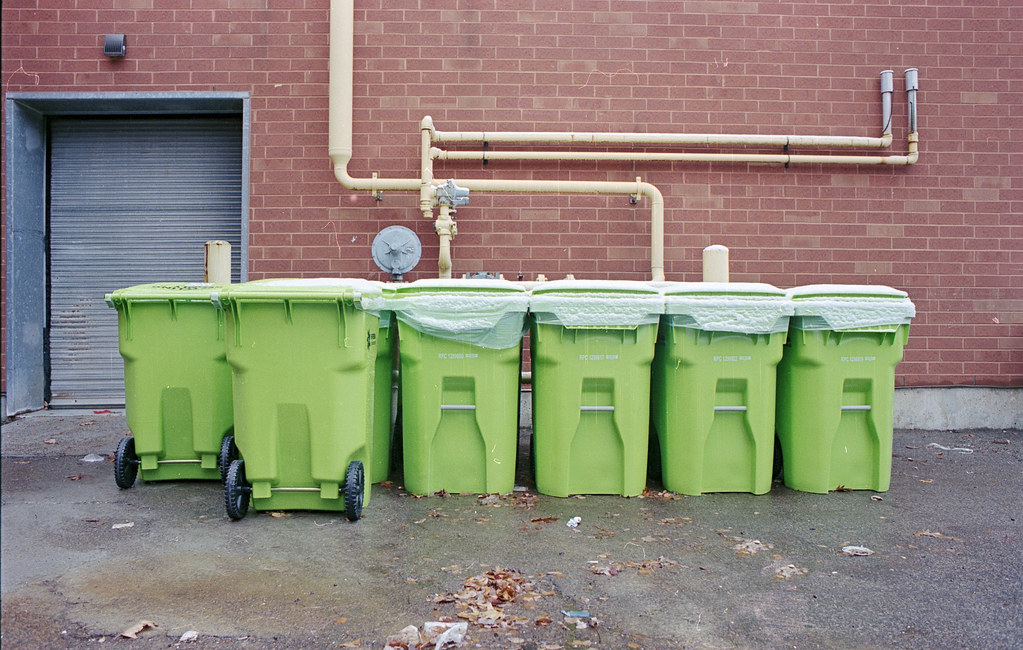

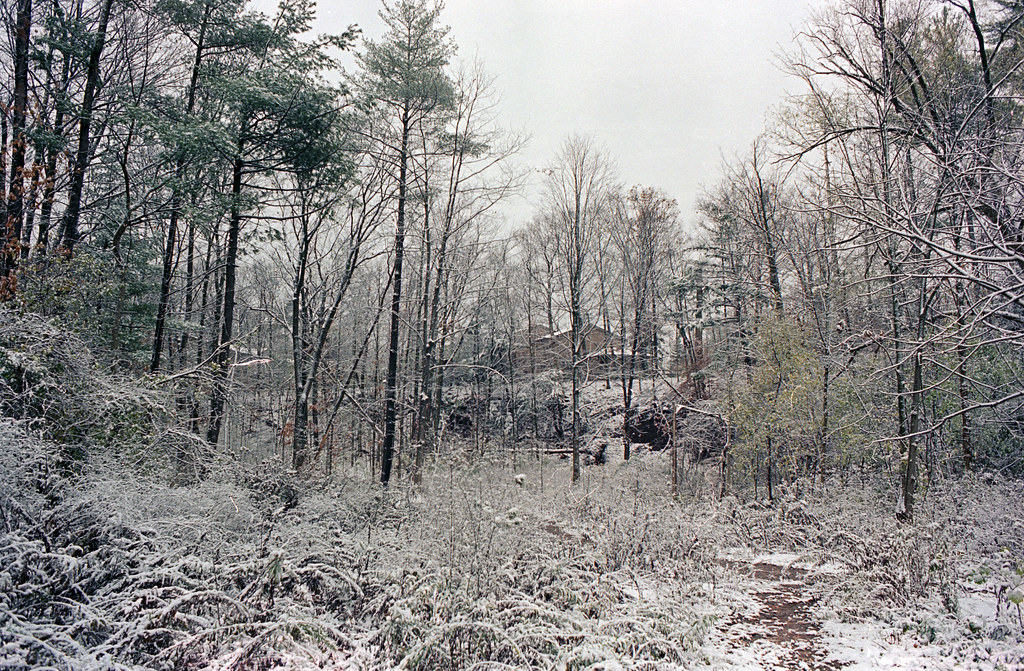
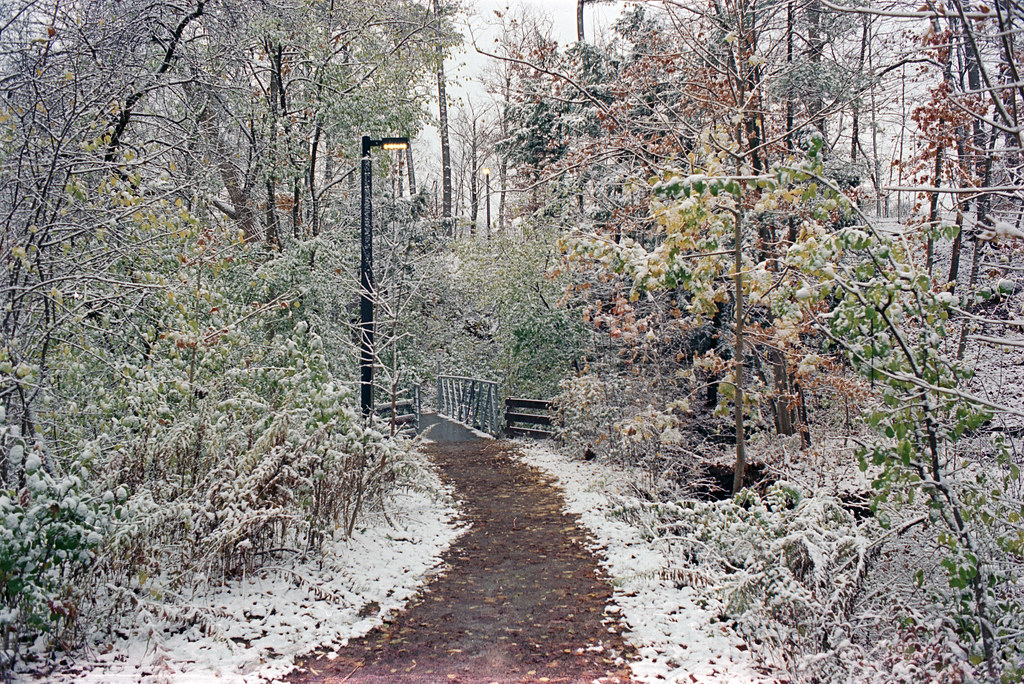
Image Quality
There is something special in this film. When it comes to the range of 200-speed films, it always seems that they are the red-headed cousins of the film world, at least in the realm of black & white, but in the colour film range, they are something special. And 250D continues with that, the quality that comes out of the film without too much trouble. With the stunning colour replication and the ability to replicate nearly perfectly the colour conditions it’s being exposed to (warm in bright daylight, cool in dull conditions), it is more than that! You also have incredibly sharp images. The edge sharpness is well rendered without having too much visible grain, with almost none at the standard speed of ASA-250, and even at ASA-500, there is hardly any grain visible. Add a superb tonal range with plenty of latitude to allow shadow and highlight detail to be visible without overpowering the other in high-contrast conditions.

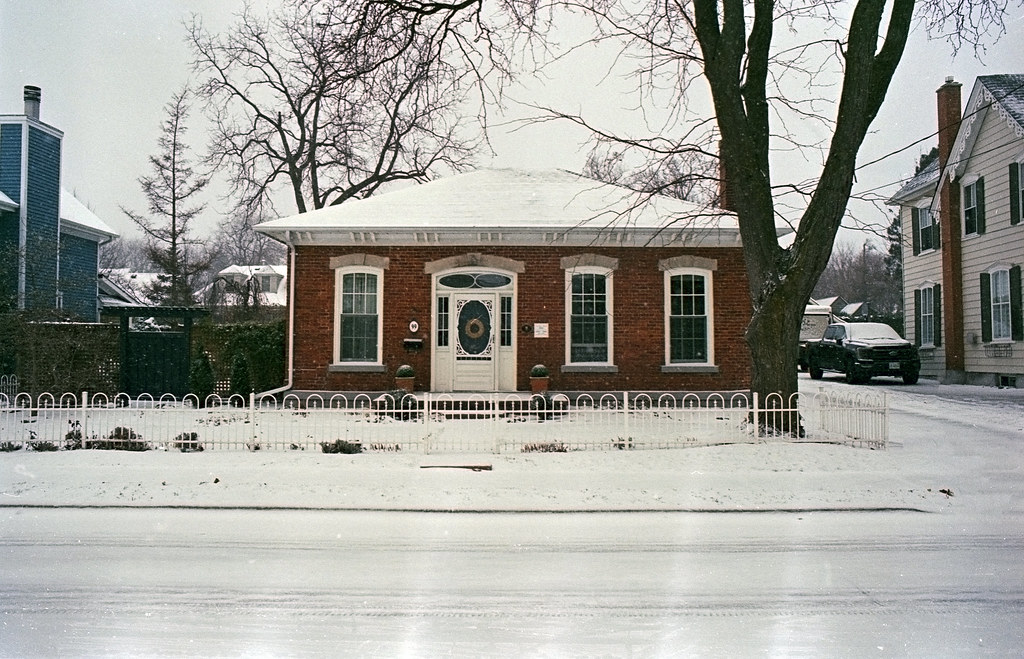

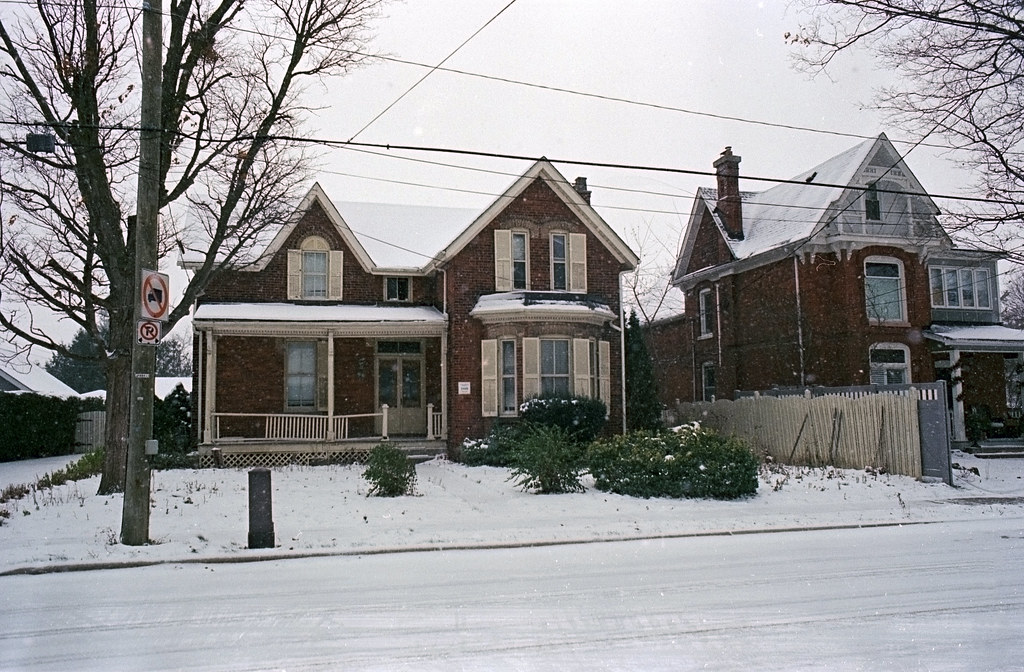
Scanning
250D is a breath of fresh air if you dislike scanning colour film. Of all the colour films I’ve had to scan, Vision3 250D is by far the easiest. It scans clean right out of the scanning software, in my case, Silverfast 9 SE. It only took a few minor tweaks in Photoshop to get things balanced out with tone curves and colour balance. And as I mentioned earlier in this review, the colours are easy to adjust. If you are getting more of a green cast, it’s easy to adjust automatically or manually by eye. And even then, I only had to make a few minor adjustments to the digital scans. There is some colour noise introduced in the scanning process, but this is only on the roll shot at ASA-500, and even then, it is easily removed using the denoise feature in Photoshop. The two things to note are that if you use a dedicated film scanner like the Coolscan V ED, it does not like to load motion picture films, and the sprocket shape is a bit different from standard pictorial films, so it struggles. The second is cupping; if you are processing the film at home, the difference between the temperature you’re processing and the drying temperature (if you don’t have a drying cabinet) will cause serious cupping in the film. You have two choices to deal with this: first, after letting it dry for twenty-four hours is back rolling the film for another forty-eight to seventy-two hours before scanning, or cutting and let sit under several heavy books. Once done, my Epson V700 had no issue with the film in the stock film holders, and things were flat to prevent contact between the film and the scanner glass.


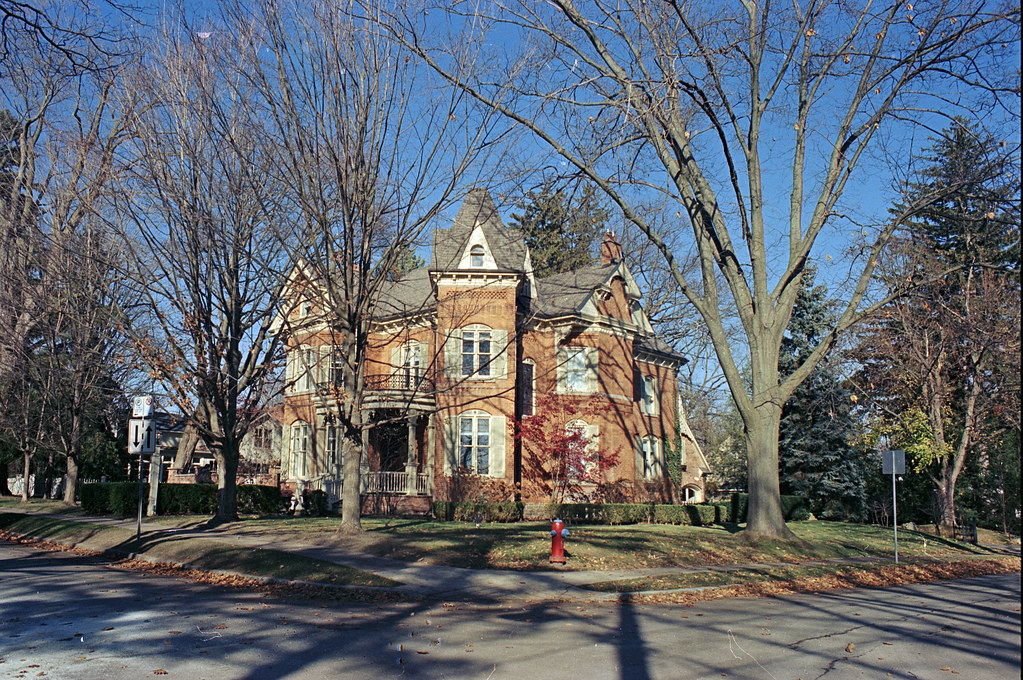

Overall Impression
Vision3 250D is an excellent everyday film and my favourite of the three Vision3 films I’ve reviewed. It’s clean, easy to handle, and works well in every situation. It handles both dull and bright conditions with ease. It takes over and under-exposure without missing a beat or requiring more work in post-processing. It also takes both traditional ECN-2 and C-41 processing. And if you’re not a fan of scanning or editing colour film, 250D makes it easy. It is a film designed for the modern hybrid era; it is easily scanned and adjusted in post-processing to deliver the look you want. At that happy middle speed of ASA-250, it will handle almost every condition you throw at it. Now, as a daylight-balanced film, it is designed to work best under natural light and will carry a blue cast under tungsten light, but an 80A filter will fix that, but you can quickly fix this in post. Overall, getting your hands on 250D is as easy as the other two Vision3 films; you can purchase pre-rolled cartridges from the Film Photography Project, Atlanta Film Co, Flic Film and many others. Or you can buy a bulk roll, usually 400′ and roll it yourself. Processing is ECN-2, so you must deal with remjet if you’re home processing. The best way is to use a pre-bath of at-temperature water and a tablespoon of baking soda before running through the development. If there is one Vision3 film to try as a gateway into the beautiful world of colour motion picture film, it’s 250D more than 500T.
Further Reading
Don’t just take my word on Vison3 250D; you can check out the reviews by other awesome camera reviewers!
Emulsive – Film Stock Review: Kodak Vision3 250D (5207) Motion Picture Film
35mmc – Kodak Vision3 250D – C41 or ECN2 – A Quick Comparison
Tahusa – Kodak Vision3 5207 250D (Daylight) Motion Picture Film
Inverno Dreaming – Shooting Kodak Vision3 – 250D Review
Invan Yolo – Kodak Vision3 250D Night & Day Test Shots on Contax G1
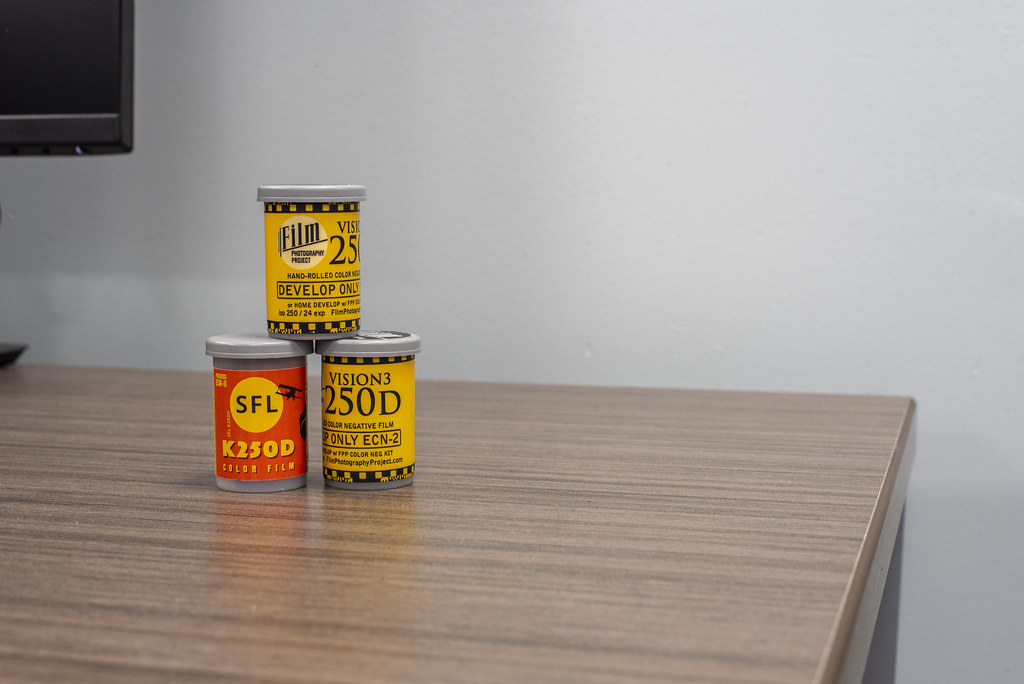
Nice results Alex. Good to see it processed properly 🙂
Thanks! I have processed it in C41 chems but ended up with rather green results.
Thanks Alex. Do you know this film does when shot at iso 200? I use it at 250, but wanted to roll some up for my daughter whose camera cannot set iso – so was planning on using some 200 cartridges i have. It’s only 1/3 of a stop so I’m thinking it should be ok. But wanted your thoughts.
It won’t be any trouble! All these rolls are processed normally there’s more than enough latitude!